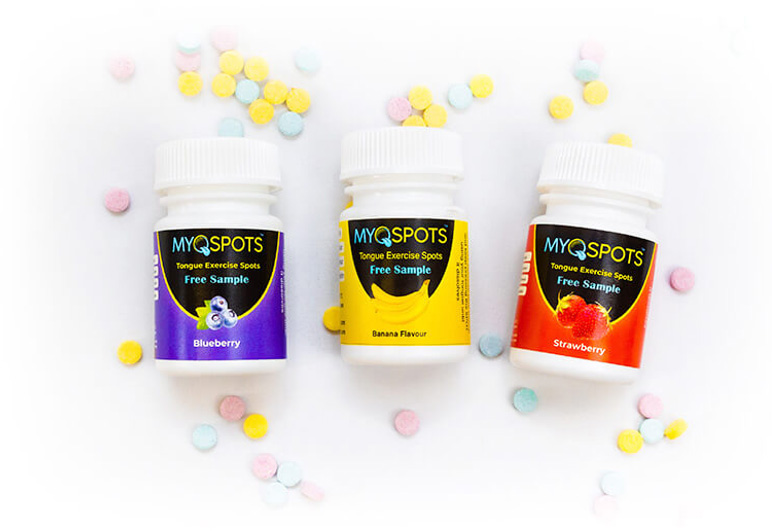If you ever watch free-to-air TV, you’ll know that the ads displayed at 8am on a Saturday morning are completely different from the ones displayed later that night.
That’s not a coincidence – it’s good marketing. Creating a message and ensuring it is placed in front of the right audience at the right time is a key part of any strategy.
Social media is no different. Every channel has its own specific purpose that should complement your industry and individual goals.
Before you start posting your highly engaging, educational content from your well-researched content plan (hint hint!) take a step back and find the channels that will help you connect with your audience, drive engagement and generate enquiries.
In this article, we’ll look at the things you should consider when choosing which channels to use and we’ll explore the pros and cons of the channels themselves.

5 Things That Will Affect Where You Market:
1. Your End Goal
Is your end goal to build your reputation among your peers? Is it to generate new enquiries? Or create educational content?
You may have multiple end goals or you may only have one but determining your end goal is an essential part of deciding what platform will best support this.
You should be able to answer:
- What is my end goal?
- What content should I produce to get here?
2. Your Industry
This is an important one. Your industry, brand, services and intended content will be better suited to some channels than to others. This is completely fine. Don’t waste time and money trying to make a channel work when it simply won’t.
If you’re a plastic surgeon, I would recommend using Facebook, YouTube and Instagram, giving you the chance to share blogs, videos and impressive before-and-after surgery pictures. If you’re a General Practice, then Facebook, YouTube and LinkedIn may be a better fit. Facebook and YouTube allow you to share engaging, educational content and you can use LinkedIn for recruitment and networking within the industry.
Some questions to ask yourself:
- Are the services I offer visually appealing and will I be able to produce regular visual content?
- Am I a business-to-business (B2B) or business-to-consumer (B2C) business?
- What platforms are my competitors on and are they succeeding?
3. Your Target Audience
You may already know your target audience but do you know what social media channels they use? It’s important to do your research and understand the demographics of the people of each channel. You can simply do this by Googling ‘Facebook demographics’ and finding an up-to-date, reliable source.
For example, if your audience is aged 60+ and primarily uses Facebook then it wouldn’t be beneficial to make or invest time in an Instagram or Snapchat account.
You want to answer:
- What social media channels do my audience use?
- What content do they interact with?
4. Time
If you don’t have time to produce and edit high-quality videos then YouTube might not be the strongest channel for you.
The same goes for all social media platforms. If you know you don’t have the time to post regular, engaging content to multiple platforms then we recommend engaging an agency or someone who can support you with this. Just remember, it’s better to have just one or two that you can invest time into and manage correctly. Find the platform/s that most benefit you and spend your time exclusively on those.
Do this quick check to test whether time is or isn’t on your side:
- How many posts a month can I commit to?
- Can I commit to more time-consuming content like videos?
5. What Kind of Content You’re Willing to Produce
If you’re not confident recording videos, that’s fine. You don’t have to!
Think about the content you enjoy creating and know you will commit to in the long run and then pick the best channel to promote this.
You should be able to answer:
- Will I create video content?
- Do I only want to post photos?
Social Media Channels Explained
Each platform can support you in different ways. The key is to understand each one and how you can use them to your benefit. I’ve broken down each channel with an introduction, statistics, the best content to use and the key factors to consider.
1. Facebook
Australians love Facebook and I mean reaalllly love Facebook. It is currently the most used social media platform in the country.
Facebook is the ‘all-rounder’ of social media marketing and, while your opportunities are not endless, they come close to it. You can share pretty much any content on the channel. It allows you to connect with a large audience, showcase your business and increase engagement.
Content to Create:
- Graphics
- Notes
- Videos
- Facebook stories
- Animated posts
- Infographics
- Interactive content
- Shared articles and podcasts from other platforms.
Statistics to Know:
- 15 million Australians use Facebook each month
- 62% of online seniors use Facebook
- Key Demographic = 25 to 39-year-olds
- Secondary = 40 to 55-year-olds.
Key Facts to Consider About Facebook:
- Has the largest audience in Australia
- Offers a range of services and isn’t specific to one form of content
- Engagement is easy to measure
- Can be hard to engage or increase a following without paid ads or by others engaging with your content
- Can be used for both B2B and B2C marketing.
2. Instagram
Instagram is the photo and video sharing social media channel primarily popular with millennials and Gen Z. This platform is perfect for someone who works in an industry that benefits from lots of visual content. Think plastic surgeons, wellness centres, physiotherapists or even health campaigns.
Content to Create:
- Images and videos
- Instagram stories
- Live videos.
Statistics to Know:
- 4 million Australians use Instagram each month
- 4.21% engagement rate, this is 58 times more engagement than Facebook
- Key Demographic = 18 to 24-year-olds.
Key Facts to Consider About Instagram:
- Easy to optimise content with location tags, hashtags and other tagging options
- Ideal for those in a visually appealing industry producing photos and videos
- Most used social media channel among millennials and Gen Z
- Committing to constant visual content can be time-consuming
- Best suited for B2C
- Instagram algorithms have changed meaning posts with high engagement will be at the top of the news feed and posts with low engagement will be at the bottom.
3. Twitter
Twitter is a social media platform that allows you to write and read short posts (280 characters), also known as tweets.
Twitter is not suitable for every business as you are extremely restricted in the content you can use here. I would recommend this platform for a hospital, a large medical practice, corporation, etc.
Content to Create:
- Announcements
- Links to Articles
- Quick thoughts.
Statistics to Know:
- 7 million Australians use Twitter each month
- Engagement rate of 0.03%
- Key Demographic = 18 to 24 year olds.
Key Facts to Consider About Twitter:
- Good for brand building
- Effective for interacting with your audience
- Can be difficult to reach your target audience
- Difficult to communicate effectively due to character limits
- Limited content creation opportunities.
4. Linkedin
If you’re a B2B company and you want to recruit or build a reputation within your industry, then LinkedIn is the place for you. It is a great way to network, raise brand awareness and strengthen relationships.
LinkedIn is a social networking channel for professionals. As such, it tends to be more conservative than other social sites as users are usually seeking professional, informative content.
Content to Create:
- Resources
- Articles
- Job listings
- Company achievements
- Big company announcements
- Posts that showcase your company’s culture.
Statistics to Know:
Key Facts to Consider About LinkedIn:
- Best platform for B2B businesses
- Easy to directly communicate and discuss industry news
- Opportunity to network with peers
- Fewer users are consistently active than other platforms
- Mainly used for B2B, not ideal for B2C.
5. Snapchat
Snapchat is a video sharing channel. It’s specifically designed for mobile use only, with the main purpose of capturing and sharing live photos and videos that are deleted after 24 hours.
You may want to consider Snapchat if your primary target audience is active on it and if you’re in an industry that involves lots of visual aspects. Think plastic surgeons, cosmetic injectors, dermatologists, etc.
However, as live stories are now offered on both Instagram and Facebook, you could cut down your channel use and just use this feature on your already established pages.
Content to Create:
- Behind the scenes live videos
- Exclusive content or teaser videos.
Statistics to Know:
Key Facts to Consider About Snapchat:
- Active audience
- Can create ‘real’ content to promote your business and services
- Can showcase your brand personality
- The primary user is Gen Z and millennials
- Instagram and Facebook now offer stories so can do what Snapchat is offering on these platforms.
6. YouTube
YouTube is the most popular video-sharing platform. It allows users to watch, share, like and comment on current videos then also upload their own.
Video content can be a great way to promote your services, staff and clinic. A video is a great medium for showcasing your brand’s personality and the services you offer, or for providing support and educational content. However, there’s a time-consuming commitment involved in creating and editing high-quality videos on a regular basis.
Content to Create:
- Quality videos between three and 15 minutes long.
Statistics to Know:
Key Facts to Consider:
- Content can be re-shared on multiple social media channels
- Video content has a higher chance of being re-shared
- YouTube is the second largest search console and Google prioritises YouTube videos in search results
- Making videos is time-consuming, creating and editing can sometimes take hours.
- Only hosts video content
- Requires high-quality videos.
Where to From Here?
It’s now time to take this information and decide on 1-3 social media channels you believe will complement your business and support your goals.
After you’ve selected the appropriate channels, you can start building a well-researched content plan (find out how here) then create and post your educational, engaging content.
Require extra support? We offer social media management. Contact us on 1300 918 842 to find out more.







